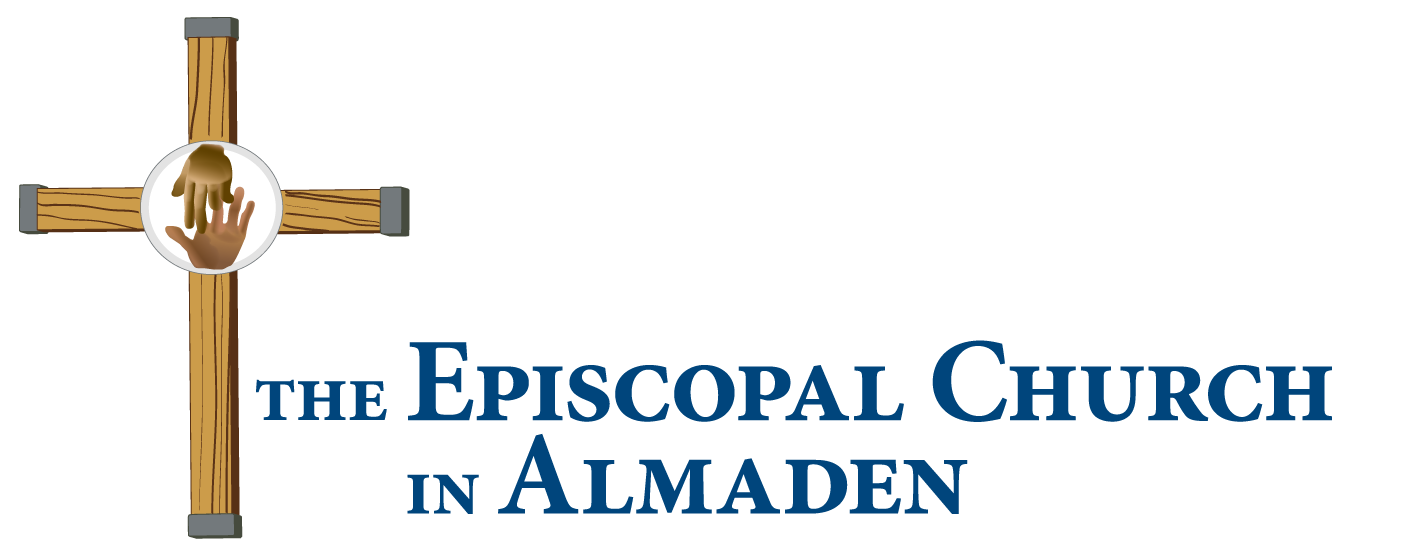One Plastic Bag
The one-use plastic bag…. what a nightmare! It can be hard to find places to recycle them, curbside is often a big NO NO, and after the pandemic, many places have discontinued their recycling programs for a variety of plastics. Time to research how to recycle or use these one-use bags in other ways.
While you may not be able to take up “crocheting with plastic threads” which have been created from plastic bags found as “trash”, somebody amazing figured it out for us all. In 1998 with a Peace corps volunteer and four other Gambian women, Isatou Ceesay began the Njau Recycling and Income Generating Group (NRIGG). The results of their efforts are told in this wonderful story, One Plastic Bag – Isatou Ceesay and The Recycling Women of Gambia written by Miranda Paul and illustrated by Elizabeth Zunon.
This story begins when Isatou is a young girl helping her grandmother with their basic chores for survival. Every time they walked to town day after day, Isatou became more and more aware of the accumulating “trash” along the sides of the paths and roads. The garbage piles were made up of mostly plastic bags. By the time Isatou is in her twenties, the community is suffering more than ever. Many of the goats, a lifeline for families in the community, were dying and the plastics seemed to be the problem. Apparently, the goats in their scavenging for food encountered the plastic bags and, unfortunately, consumed them…or tried to do so. This is naturally alarming to Isatou. She now truly notices the garbage piles, the swarming mosquitos near dirty pools of water, and the smell of burning plastic. Isatou realizes this problem is too much to ignore any longer.
Isatou begins to collect plastic bags. What exactly does she do with them? I think your children will be quite surprised at what Isatou is able to create with all the plastic bags she collects, what she learns and teaches others to do with the plastic bags, and how she becomes an entrepreneur. What she and her friends create becomes a successful business for them and creates a healthier environment for the animals and people of Gambia.
I tend to gravitate towards children’s literature with bold and colorful illustrations. This book certainly has that. I think Elizabeth Zunon’s colorful illustrations will easily hold even the youngest listener to this thought-provoking tale of ecological awareness and recycling based on reality.
Another bonus for me with this book was the author’s notes on how she came across Isatou and wanted to tell her story. Miranda Paul includes a timeline of the events starting with the problems that began in 1970, Isatou’s birth in 1972, and all Isatou’s accomplishments through the many years that she expanded her program protecting the people and animals from the carelessness of others regarding the environment.
Stories like Isatou’s give me such hope in seeing what individuals can do to help a large community solve problems and take on challenges close to their homes and everyday lives.
These are the kinds of stories I loved sharing with the children I taught and worked with at Kids’ Camp at our church. Stories like these can be an inspiration to children and help them realize that they, too, have the potential to make a difference.
You will also find further reading suggestions included with the book. Many of those suggested I have also used in the past as a teacher and camp leader. I will try to introduce you to some of them in the future. Or if you want to get ahead of me:
For your inventor try The Boy Who Harnessed the Wind by William Kamkwamba and Bryan Mealer. A fourteen-year-old boy builds a functioning windmill out of junkyard scraps in the face of a terrible drought in Malawi.
For your entrepreneur try One Hen: How One Small Loan Made a Big Difference by Katie Smith Millway. A story inspired by the life of Kwabena Darko, a boy turns a small loan into the largest poultry farm in his region of Ghana.
Next month I will be featuring one or more of my favorite books on St. Francis, who we often celebrate in October in our Christian year. Then you may find a little change in my tone and thoughts to inspire more connection with our earth and how we look and care for it as we move forward.

